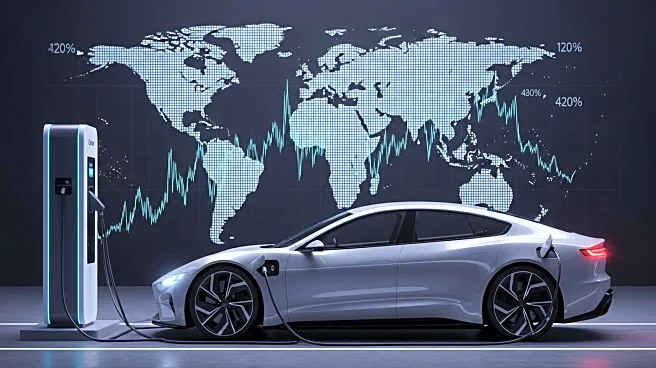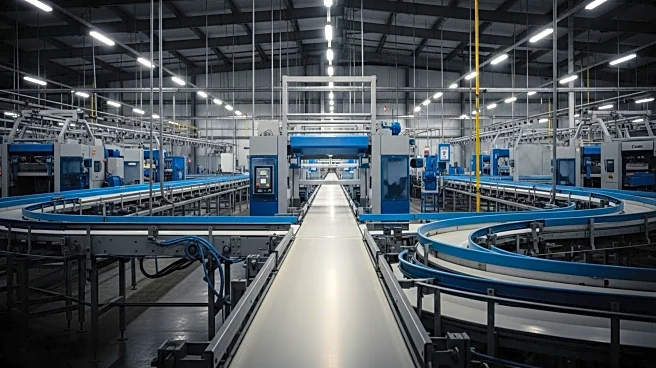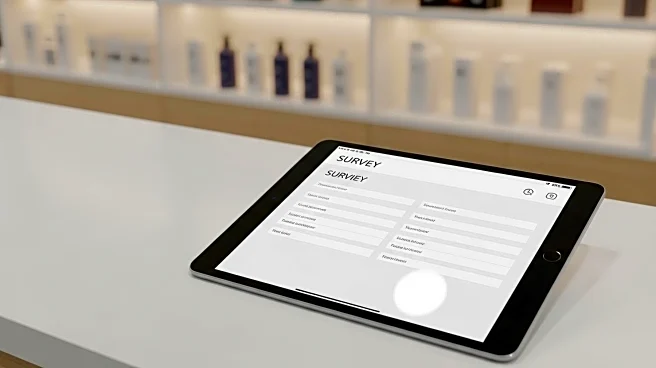What's Happening?
Starbucks has announced plans to close or convert approximately 80 to 90 of its mobile order and pickup-only stores across the United States. These locations, known as 'Starbucks Pick Up,' were designed for quick transactions without seating or counters. The decision comes as the company seeks to enhance customer experience by transitioning these stores into traditional coffeehouse-style locations with seating. Starbucks CEO Brian Niccol stated that the pickup-only format lacked the warmth and human connection that is central to the brand's identity. The affected stores are located in high-traffic areas such as city centers, college campuses, and transit stations, spanning over 20 states.
Why It's Important?
The move by Starbucks to close or convert its pickup-only stores reflects a shift in consumer preferences towards more traditional coffeehouse experiences that emphasize atmosphere and routine. This decision could impact Starbucks' operational strategy and customer engagement, as the company aims to strengthen its brand identity and customer loyalty. The change may also influence the coffee shop industry, prompting competitors to reassess their own store formats and customer service models. Additionally, the transition could affect local economies and employment in areas where these stores are located.
What's Next?
Starbucks plans to continue offering mobile ordering and is set to unveil a new app in 2026, which will include enhancements to its mobile order and pay process. The company has not yet disclosed which specific locations will be closed or converted, leaving room for potential adjustments based on customer feedback and market conditions. Stakeholders, including employees and local communities, may react to these changes as Starbucks implements its new strategy.
Beyond the Headlines
The decision to move away from pickup-only stores highlights the importance of customer experience in retail and service industries. It underscores the need for businesses to balance convenience with brand identity and customer connection. This shift may also prompt discussions on the role of technology in enhancing, rather than replacing, human interaction in service environments.











